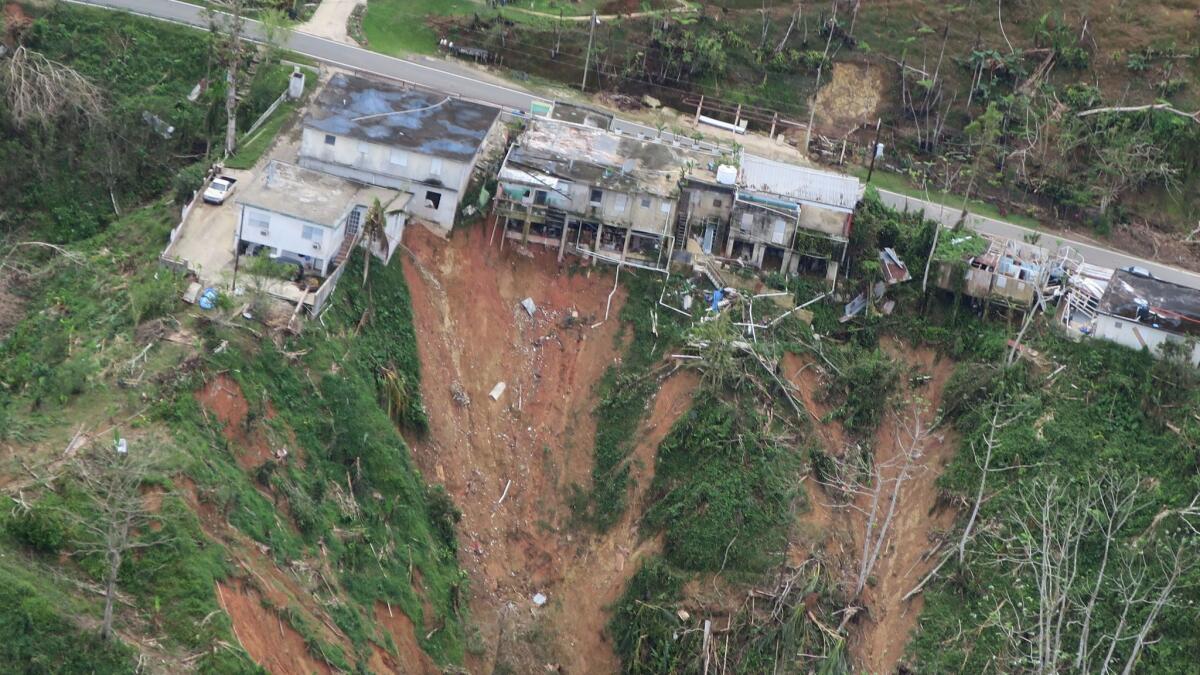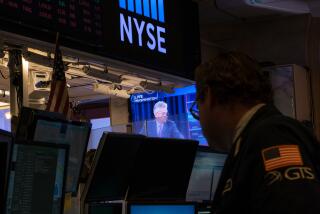To the average investor, Puerto Rico debt crash is more of a whimper than a bang

There was a time when investors couldn’t get enough of Puerto Rico’s bonds.
They were the ultimate trifecta: triple, tax-exempt bonds. If you bought Puerto Rico bonds, you paid no local income tax on the “coupons,” the periodic interest you are paid for buying the bond. You paid no state tax on the coupons. You paid no federal tax on the coupons.
Now, the bonds’ price is plunging, and investors are staying away. A virtually bankrupt Puerto Rico is recovering from the biggest natural disaster it has suffered in any of our lifetimes. The dividends on the U.S. territory’s $70 billion in bonds have evaporated. Bondholders are lucky if they get 30 cents on the dollar.
Puerto Rico’s financial situation was making it difficult for the government to function even before Hurricane Maria devastated the island last month.
As its economy has withered, its debt has mounted, and the unemployment rate has settled into double digits. The territory’s agriculture department suspended subsidies to farmers. Businesses experienced power failures from the state-owned utility. The treasury withheld tax refunds.
Many suppliers, unpaid and unwilling to extend commercial credit, began demanding payment on delivery by a government that owes them $2 billion.
How will this affect investors like you and me?
Unless you bought individual bonds yourself as opposed to buying them through a mutual fund, you probably won’t get much of a haircut.
Most of the territory’s bonds are owned by large-scale investors with diversified portfolios.
About a third of the bonds are owned by hedge funds such as Marc Lasry’s Avenue Capital and Seth Klarman’s Baupost Group, both of which are experienced in high-risk, distressed debt. A big chunk is owned by mutual funds such as Oppenheimer and Franklin Templeton, and Puerto Rico debt in the municipal bond funds they operate probably represents a small if not tiny portion.
“The average investor on the street will be unaffected,” said David Kass, a professor of finance at the University of Maryland. “If a small investor did invest in a municipal bond mutual fund, Puerto Rico would represent no more than 1% or 2%. This will have an infinitesimal impact on an investor investing in municipal bond funds.”
The situation is a mess. The bonds barely have a pulse and are rated near the lowest of the low by ratings agencies such as Fitch and Standard & Poor’s. There are 18 different government agencies that were issuers of various securities. The island’s economy has withered and its population has plummeted.
There are lawsuits galore, a virtually bankrupt territory that may not recover for years from Hurricane Maria, and an eight-member oversight board that is helping the territory of 3.4 million people settle the massive obligations. President Trump fanned the flames when he said the debt burden would have to be wiped out.
“They owe a lot of money to your friends on Wall Street, and we’re going to have to wipe that out,” Trump said in an interview with Fox News this month.
Trump advisors such as Mick Mulvaney, director of the Office of Management and Budget, swiftly walked back Trump’s comments and said Puerto Rico, 1,500 miles from Washington, was going to have to deal with its debt on its own. No bailout. No wipeout.
Before Trump’s comments and the devastation of Hurricane Maria, the bonds were trading at about 60 cents on the dollar. After the comments, they dropped to about 38 cents, which tells you that the market believes this could be a long, drawn-out affair.
In other words, bonds bought for $1,000 are selling for about $380 to $400.
“We haven’t owned [Puerto Rico bonds] since 2015,” said Patrick Tucci, co-manager of $1.6 billion in municipal bonds for First Investors Tax Exempt Funds. “It was a credit decision to get out before things got worse.”
They did get worse. Puerto Rico borrowed against just about every piece of its island, then suspended dividends on the bonds this year to pay for basic services such as schools and hospitals.
Tucci said people are not taking Trump’s comments about forgiveness very seriously, “but the comments and the storm together have definitely repriced the market.”
Michael Farr, president of money management firm Farr, Miller & Washington, said mutual fund investors should look at their fund portfolio for their exposure to Puerto Rico’s paper.
“If 5% of your bond fund is Puerto Rico bonds, and those bonds just got cut to 30 cents on the dollar ... that will show up,” Farr said. “So how much is it going to affect Fred and Ethel? Probably not dramatically, but they might see their bond fund down this month…. Maybe that manager has bought some bonds that have done exceptionally well and picked up some yield, which would offset the drop.”
Tucci said most managers have broadly diversified bond funds, which dilute the effect of any single big loss — as well as a big gain.
“It will most likely move the needle,” Tucci said. “I cannot see them losing much. It’s not as if you own one bond that went down by 50%. Bond managers have a portfolio of other investments.”
All the experts interviewed had the same recommendation: Know what you own.
“That’s the moral of the story here,” Tucci said. “As an investor, you trust your advisor. You trust the portfolio manager. It’s incumbent upon the advisor to explain the risks to their clients and for an investor to know what they are investing in.”
Heath writes for the Washington Post.






